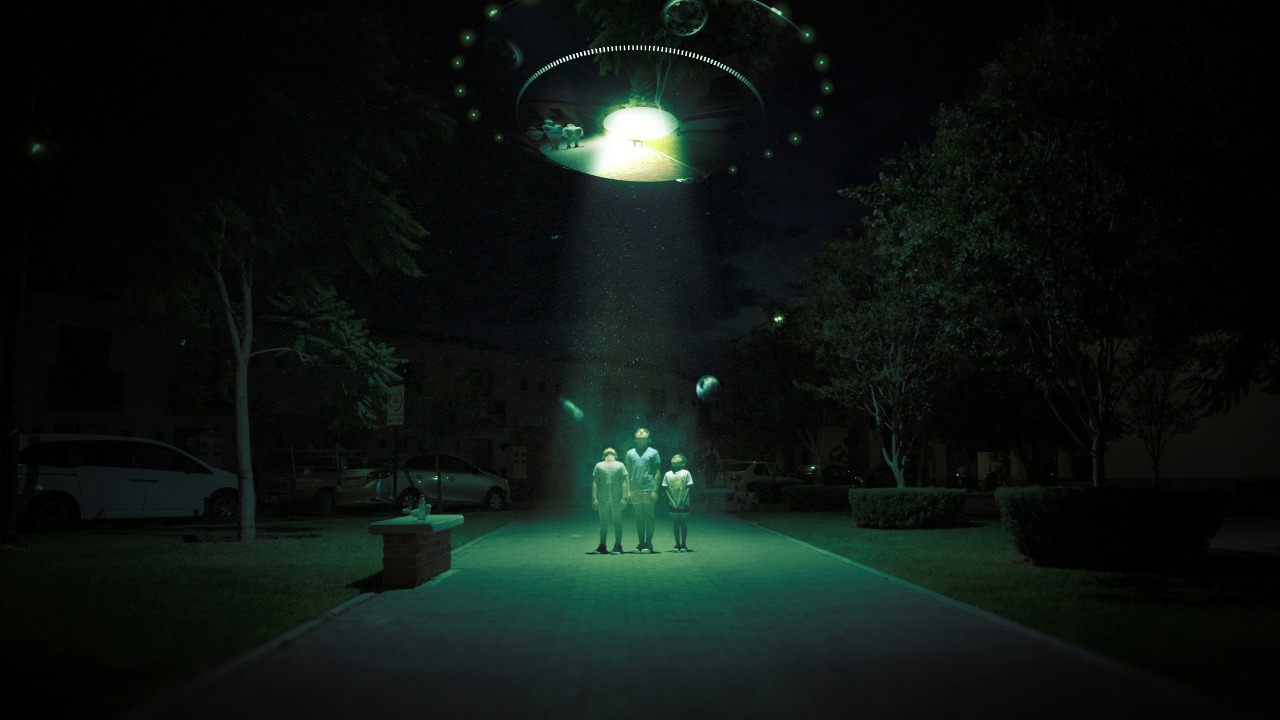
A recent study from Harvard’s Human Flourishing Program introduces a provocative idea that challenges conventional extraterrestrial narratives. The researchers propose the “cryptoterrestrial hypothesis,” suggesting that intelligent non-human entities could already be living on Earth, potentially disguised as humans or hidden in underground, oceanic, or even disguised terrestrial bases. This hypothesis could explain ongoing UFO and UAP sightings reported worldwide and posits that such beings have coexisted with humanity for millennia, possibly influencing human culture and technology without detection.
The Cryptoterrestrial Hypothesis Explained
The cryptoterrestrial hypothesis presents a radical shift in our understanding of potential non-human intelligences. It suggests that these entities are not extraterrestrial but have been living on Earth, hidden from human awareness. The hypothesis outlines four subtypes of cryptoterrestrials: advanced ancient humans, evolved terrestrial animals, aliens who arrived in the distant past, and entities operating in unseen realms. This idea provides a fresh perspective on the Fermi paradox, which questions why we haven’t detected interstellar signals if intelligent life exists elsewhere in the universe. According to the Harvard study, the answer could be that these entities are not in distant space but right here on Earth.
The cryptoterrestrial hypothesis also ties into broader discussions about Unidentified Aerial Phenomena (UAP). It suggests that these phenomena could be the work of cryptoterrestrials, thereby eliminating the need for faster-than-light travel, a concept that remains contentious in the scientific community.
Evidence from UFO and UAP Sightings
Historical UFO reports often describe objects emerging from oceans or mountains, suggesting the existence of hidden earthly bases rather than space origins. These accounts align with the cryptoterrestrial hypothesis, indicating that these entities might have been living among us all along. Modern UAP incidents investigated by government programs also lend credence to this idea. These incidents often involve crafts displaying impossible maneuvers, consistent with the notion of non-human technology concealed on Earth. Eyewitness accounts of “alien” encounters that describe beings resembling humans further support the disguise theory proposed in the Harvard study.
Potential Locations of Hidden Alien Civilizations
The cryptoterrestrial hypothesis suggests several potential locations for these hidden civilizations. Underground bases beneath major landmarks or remote areas could provide a perfect hideout for these entities. Unexplained sonar anomalies and sightings of submerged objects could indicate the existence of aquatic non-human societies. The hypothesis also considers the possibility of terrestrial integration, where these entities live among humans in plain sight. This could be achieved through advanced camouflage technology or by residing in isolated communities, as suggested by the Harvard scientists.
Implications for Human Society and Culture
If the cryptoterrestrial hypothesis holds true, it could have profound implications for human society and culture. These hidden entities might have influenced ancient myths, religions, and folklore, with gods or spirits being interpreted as hidden Earth intelligences. Modern impacts could include unexplained technological leaps or cultural anomalies that could stem from subtle interactions with these entities. Confirming their presence could reshape philosophy, ethics, and global security paradigms, as noted in the Times of India.
Scientific and Skeptical Perspectives
The Harvard paper presents interdisciplinary evidence from anthropology, biology, and physics to support the cryptoterrestrial hypothesis. However, it has also faced criticism from mainstream scientists who argue that the hypothesis lacks empirical data and relies heavily on speculative interpretations of UAP reports. While the idea shares similarities with other fringe theories like ancient astronauts, the study emphasizes the need for rigorous, open-minded investigation, as reported by CBS News.
Calls for Further Research and Disclosure
The Harvard study calls for experimental approaches to test for hidden cryptoterrestrial presence. These could include advanced sensing technologies or deep-earth explorations. The researchers also advocate for government transparency on UAP data, urging declassification to reveal potential evidence of non-human entities on Earth. They speculate on the possibility of collaborative efforts between academia and agencies like NASA or the Pentagon to systematically evaluate the hypothesis. As we continue to explore this intriguing possibility, it’s clear that our understanding of life, both on Earth and beyond, may be on the brink of a paradigm shift.
More from MorningOverview